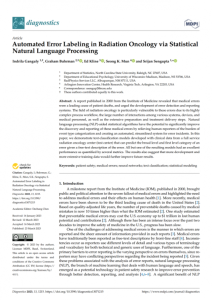Radiologists and other professionals in medicine should adopt business intelligence and analytics (BIA) according to Paul Chang, MD, at this year’s 2011 RSMA meeting. As part of Dr. Chang’s video clip shown on radRounds1, he says “you cannot improve a process until you can measure a process”. Metrics provides a means to measure process performance. Dr. Chang believes all of medicine lags in adopting metrics such as dash boards (systems that use triggers to let you know when you are exceeding specific criteria), balance score cards, and key performance indicators. The use of metrics helps us assess if a product we deliver to a patient is truly adding value and increasing quality while showing improvement and boosting efficiency. Other industries embrace IT tools that use BIA. However, medicine is just in the infancy of adopting BIA.2
Dr. Chang believes current information systems such as PACS and RIS used in radiology are not very good at measuring how well we do our work in a particular area. Today’s market is driving significant restraints where the goal is to add more value while using less resources and time. Better efficiency and higher quality must be a priority to compete in medicine. Using analytics can measure if one is doing a better or worse job in meeting their goal. BIA helps in operations, and addresses a key global and strategic question “am I adding value to my hospital, patient, and referring physician.”3
BIA uses business process modeling as a method for defining process flow. Once the process flow is determined, then key performance indicators can be defined, measured, and extracted. Quality data can then be compared to a goal. How well you perform in meeting the goal can be evaluated. If the quality data you measure falls outside a benchmark of acceptability, then an action plan such as education can be applied to help reach your goal.4
Source: http://www.radrounds.com
1,2,3,4radRounds Radiology Network (2011, December 7), Paul Chang MD Discusses Radiology Informatics at RSNA 2011. December 2011.






